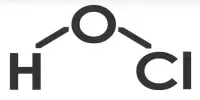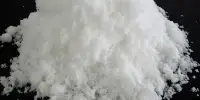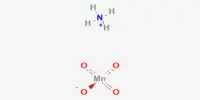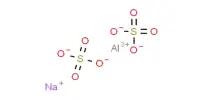Lithium imide is an inorganic substance having the chemical formula Li2NH. It is a chemical compound having the formula Li3N. A reaction between lithium amide and lithium hydride can result in the formation of this whitish solid. It is an inorganic compound made up of lithium (Li) and nitrogen (N) atoms. Lithium imide is an ionic chemical, which means it is made up of positively charged lithium ions (Li+) and negatively charged nitride ions (N3-).
LiNH2 + LiH → Li2NH + H2
The product is light-sensitive and can undergo disproportionation to form lithium nitride, which is characteristically red.
2 Li2NH → LiNH2 + Li3N
Some key points about lithium imide:
- Composition: Li3N consists of three lithium atoms bonded to one nitrogen atom.
- Physical Properties: It is a white to pale yellow crystalline solid at room temperature. It is not soluble in water.
- Reactivity: It is a highly reactive compound and can react vigorously with water to produce lithium hydroxide (LiOH) and ammonia gas (NH3).
Lithium imide is thought to have a simple face-centered cubic structure with a Fm3m space group; with N-H bond distances of 0.82(6) Å and a H–N–H bond angle of 109.5°, giving it a similar structure to lithium amide.
Lithium imide is strongly basic and deprotonates even some extremely weak acids such as methane and ammonia, due to the very localized negative charge on the nitrogen, which carries two formal charges. It has uses in organic and organometallic chemistry. It has been investigated as a material for hydrogen storage.
Uses
Lithium imide is largely utilized in specific types of batteries, particularly lithium-ion batteries. It can be utilized as a component in the electrolyte of some sophisticated lithium-ion batteries, where it improves the battery’s performance and stability.
Safety Precautions
Due to its reactivity with water and moisture, lithium imide must be handled with extreme caution. It can emit ammonia gas, which can be harmful if ingested in large numbers. Overall, it contributes to the advancement of battery technology, particularly in applications where high performance and stability are crucial.
















